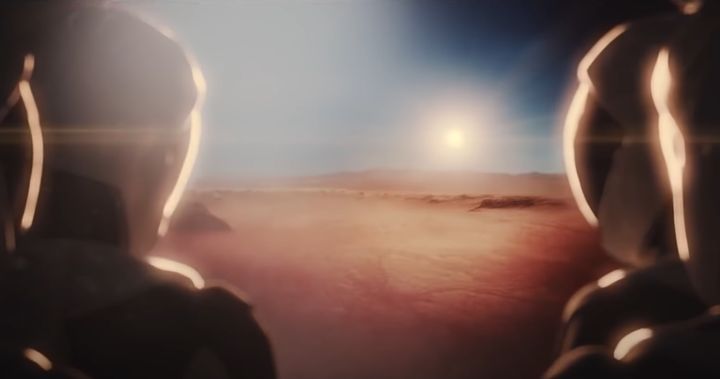
If you’ve ever wondered why some keep trying to 3D print objects in space, I have a video for you.
I recently watched a 15m video published by UK-based Venture City that provides a hypothetical sequence of events for Mars colonization: The First 10,000 days.
Sure, that’s science fiction — today — but it seems there are multiple technologies under development that might make this a real thing. It certainly is in the plans of SpaceX, at least.
The video combines knowledge of today with hypothetical steps that might take place over the next several decades. Each segment begins with a headline like this:

It does seem like science fiction, doesn’t it? But as you watch the video there are plenty of probable solutions involved that could perhaps make this actually happen.
While I found the video quite fascinating, I did notice something intriguing throughout the video: 3D printing technology kept coming up.
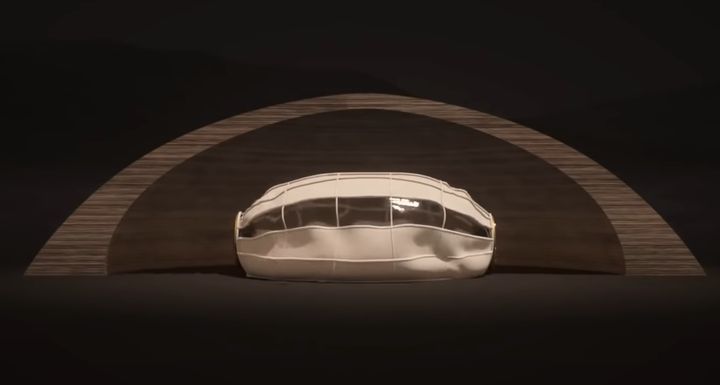
In the video, 3D printing was initially set up by sending equipment to Mars, and then used to 3D print rudimentary structures to protect astronauts from solar radiation, which is apparently nasty at the surface.
That made sense to me, but then the video proceeded onwards, with more and more ships arriving with colonists. They also brought with them more advanced 3D printing equipment, which was used to build additional structures.
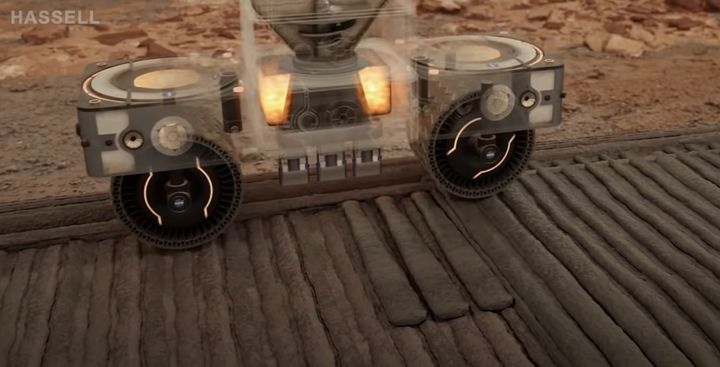
Eventually it appeared to me that the majority of structural construction at the Mars colony would be done with 3D printing.
In retrospect, this makes a great deal of sense. In an environment where radiation is a hazard, it would be desirable to not have workers out and about. This could be massively averted by using 3D print technology, which are effectively mostly-unattended robotic systems.
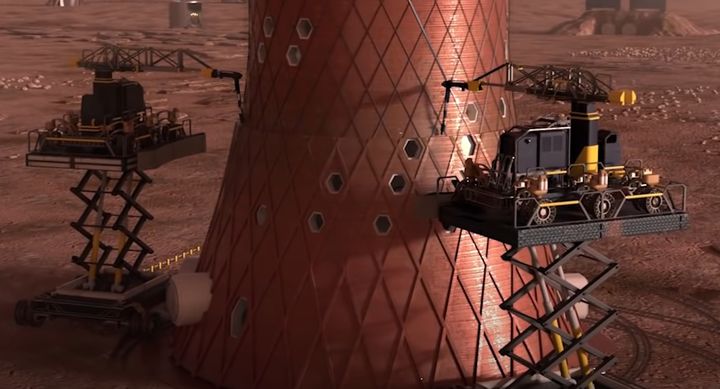
Today we see various construction 3D printer initiatives on Planet Earth, but in many cases they don’t seem to make practical or legal sense, and are more like experiments. Perhaps eventually the technology will prove more feasible and it could become a major construction approach. But that’s not happening yet.
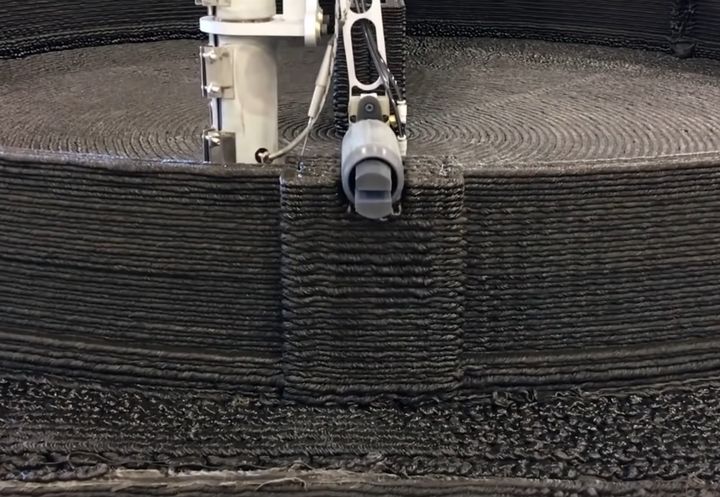
On the other hand, if you change the circumstances — meaning building on Mars — then the equation could balance in quite a different way. It may be that 3D printing is the major or perhaps only construction process used on Mars.
And if it works on Mars, it could potentially be used in many other places in the solar system.
Exciting times, indeed.
Via YouTube
